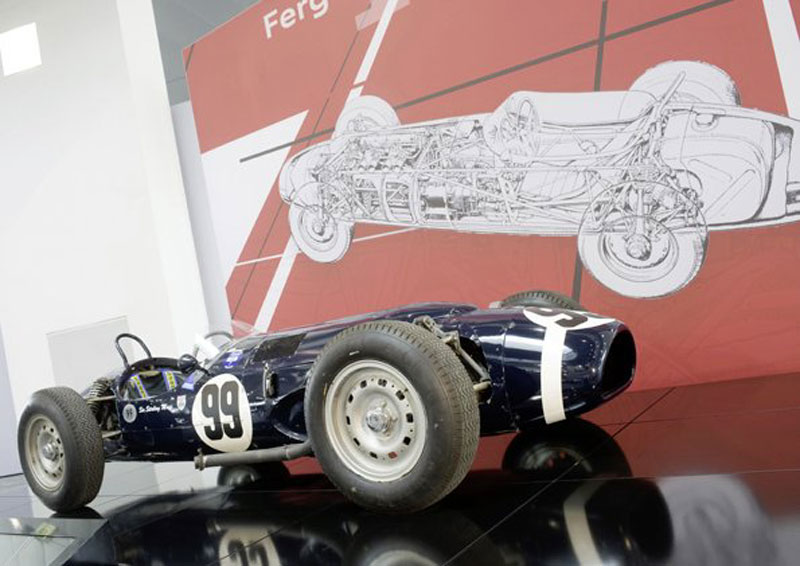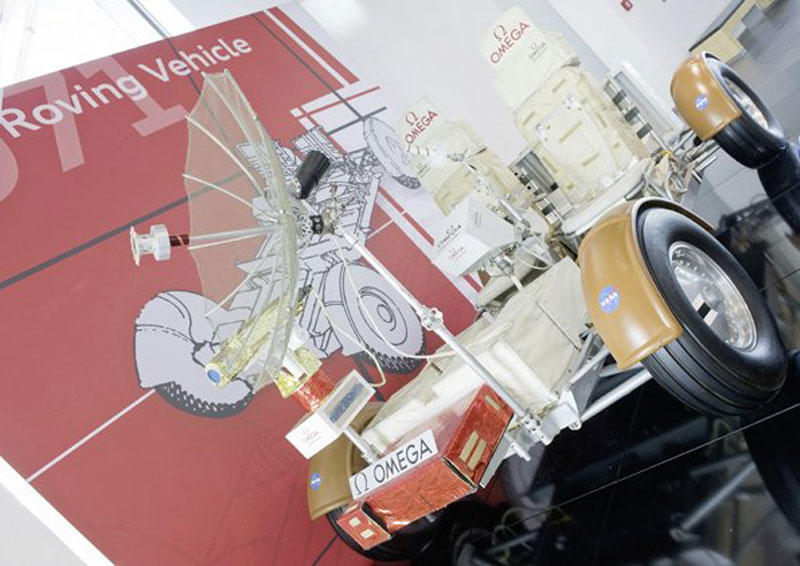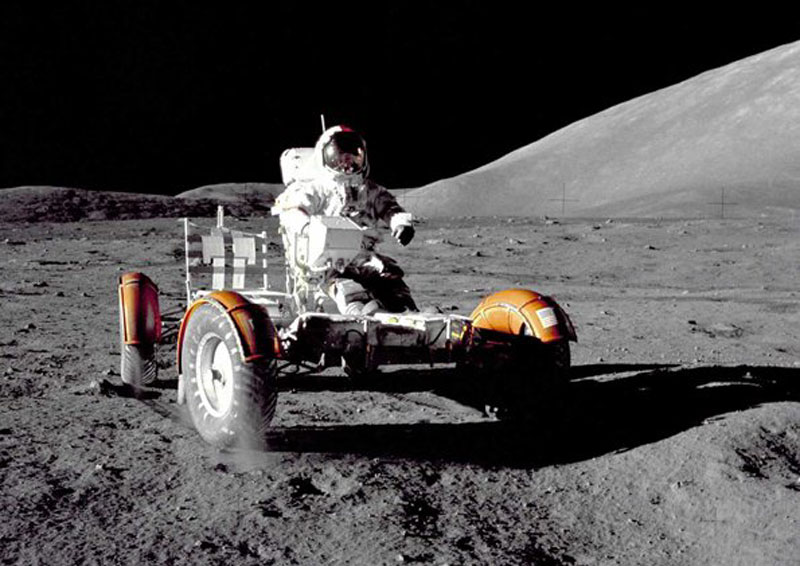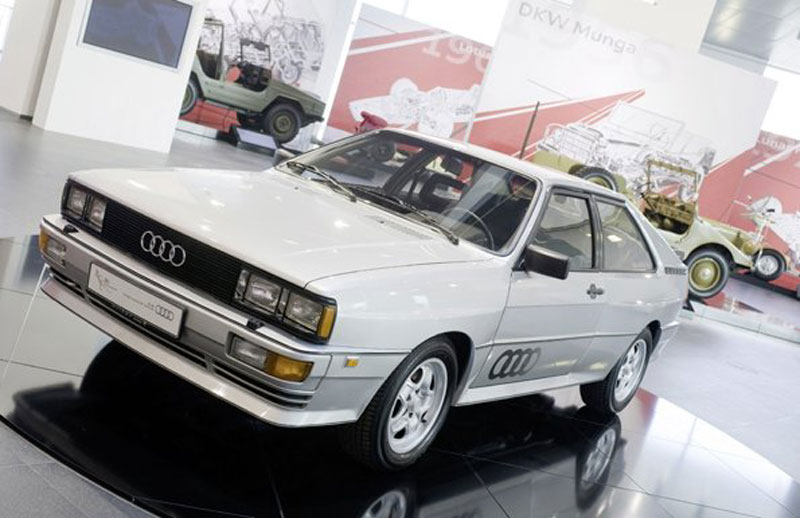Hace 30 años más uno,el primer Audi quattro fue el foco de atención en el Salón del Automóvil de Ginebra. Una mirada a la historia de las cuatro ruedas motrices de Audi AG: Un DKW Munga de 1963 y el VW lltis de 1978 desarrollado por Audi fueron la chispa inicial de la tecnología quattro







A replica of the 1971 “moon buggy” in Ingolstadt – a minor sensation! On loan from the Omega Museum, it features all-wheel drive using four wheel-hub electric motors. For the astronauts’ exploratory runs, being able to keep mobile could have been a matter of life or death.
An original Audi quattro recalls the car’s premiere at the Geneva Motor Show in March 1980. Visitors were amazed and impressed by this first-ever high-performance car with all-wheel drive. Until then, this driveline principle had only been used on trucks and off-road vehicles. An exotic rarity at first, the proportion of quattro models in total Audi production is now in the region of 33 percent, and more than three million of them have been built since 1980.
The rally version’s first official appearance was in October 1980, in Portugal’s Algarve Rally, but it was only allowed to accompany the entrants because the conditions for official participation had not yet been clarified. The car’s appearance at the “30 Years of quattro” exhibition marks its return to the place where it was originally built.
When examining the all-wheel-drive history of AUDI AG, the 1963 DKW Munga and another Audi development, the 1978 VW Iltis, should not be forgotten. Both of these vehicles provided the initial spark for quattro technology. Also in the exhibition: the “Audi A1 Sportback concept” design study dating from 2008 is a clue to how the quattro of the future could perhaps look. But visitors to this special show at the Audi museum mobile can also see a model of the daring vision that Leonardo da Vinci sketched out back in 1485: an armoured vehicle with four driven wheels.
The Dutch Spyker brand, with its all-wheel-drive sports car, is among the pioneers in this area of transmission technology. Bugatti too resorted to all-wheel drive in 1931, in an attempt to transmit the power of its supercharged eight-cylinder engines to the road. The Bugatti T 53 chassis in the exhibition comes from the French national museum “Cité de l’Automobile”, the Schlumpf collection in Alsace, and is probably the last remaining original version of this model. After the Second World War there were several attempts to adopt all-wheel drive for racing cars. As early as 1947 the Cisitalia 360, one of Ferdinand Porsche’s brilliant car designs, featured all-wheel drive. Harry Ferguson’s P99 Climax Formula 1 racing car of 1962 also had all four wheels driven, and is the only all-wheel-drive car ever to win a Grand Prix race.
The all-wheel-drive Lotus 63, entered for races in 1969 during the three-litre engine-size formula, was less successful. The car in the exhibition has been loaned by the Donington Museum in the United Kingdom. A 1966 Jensen Interceptor FF is also on show. 320 of these sports coupés with Ferguson-system all-wheel drive were built. This splendid example has been loaned by its Swiss owner.
Coches Clásicos Audi
Automóvil Deportivo Audi Quattro
